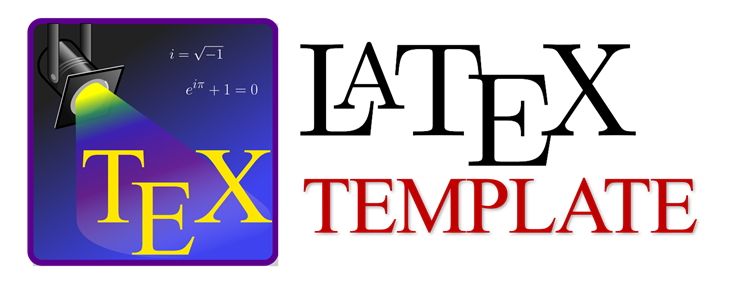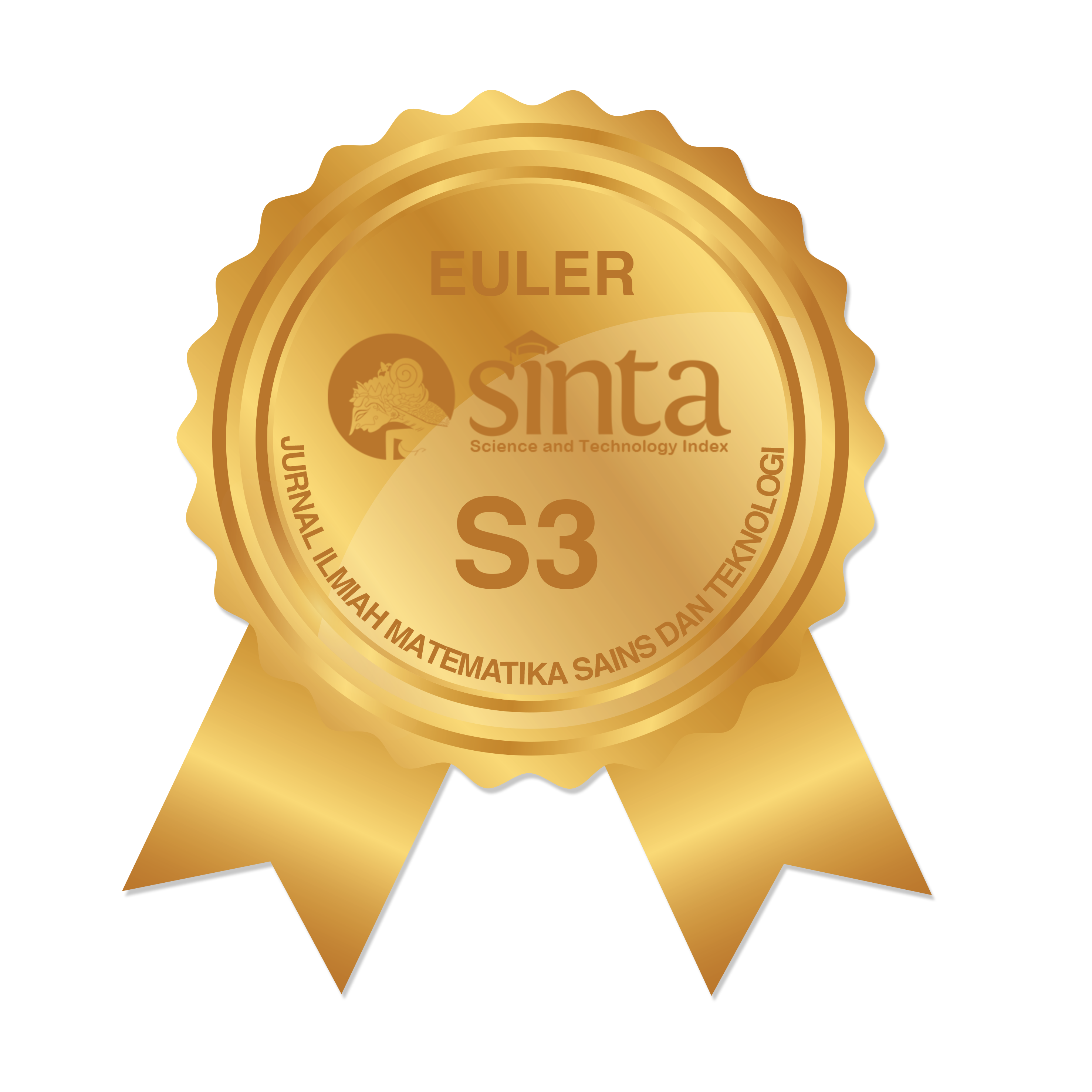Pemodelan Bahaya Gempa Bumi Deterministik Berbasis Mikrotremor Berdasarkan Skenario Sesar Opak dan Dengkeng: Studi Kasus Kecamatan Depok, Sleman-Yogyakarta
Abstract
Keywords
Full Text:
PDFReferences
W. Partono, R. Nazir, F. Kistiani, dan U. C. Sari, “Seismic Microzonation of Yogyakarta Province Based on 2019 Risk-Targeted Maximum Considered Earthquake,” Lecture Notes in Civil Engineering, Springer Science and Business Media Deutschland GmbH, hlm. 489–497, 2023, doi: 10.1007/978-981-16-9348-9_43.
V. Librian, D. Supriyono, H. T. Marbun, B. Sunardi, dan D. D. Pratomo, “Detailed seismic structure beneath the earthquake zone of Yogyakarta 2006 (Mw 6.4), Indonesia, from local earthquake tomography,” Physics of the Earth and Planetary Interiors, hlm. 107170, Mar. 2024, doi: 10.1016/j.pepi.2024.107170.
L. Setijadji, B. Koichiro Fukuoka, C. Sachio Ehara, dan D. Koichiro Watanabe, “Geology of Yogyakarta earthquakes 2006 (central Java, Indonesia): Current understanding based on integration of research outputs in geology, geophysics and remote sensing,” 2007.
B. Setyorini, “Analisis Kepadatan Penduduk Dan Proyeksi Kebutuhan Permukiman Kecamatan Depok Sleman Tahun 2010 – 2015,” 2012.
BPS, “Kabupaten Sleman Dalam Angka,” 2023.
T. R. Walter, F. Amelung, V. Spaans, dan S. A. Jonas, “The 26 May 2006 magnitude 6.4 Yogyakarta earthquake south of Mt. Merapi volcano: Did lahar deposits amplify ground shaking and thus lead to the disaster?,” Geochemistry, Geophysics, Geosystems, vol. 9, no. 5, Mei 2008, doi: 10.1029/2007GC001810.
C. Pratama, W. Wibowo, V. D. Supriyono, dan H. T. Marbun, “A possible opak fault segment that caused the 2006 mw 6.3 yogyakarta earthquake and its future implication,” IOP Conference Series: Earth and Environmental Science, IOP Publishing Ltd, Mar. 2021, doi: 10.1088/1755-1315/683/1/012059.
N. Widjajanti, V. D. Supriyono, S. P. Hadi, dan S. Solikhin, “Present-day crustal deformation revealed active tectonics in Yogyakarta, Indonesia inferred from GPS observations,” Geod Geodyn, vol. 11, no. 2, hlm. 135–142, Mar. 2020, doi: 10.1016/j.geog.2020.02.001.
M. R. Daryono, A. Pamumpuni, D. D. Wardhana, dan D. H. Natawidjaja, “Mataram Fault - New Active Fault Crosses East-West in the Centre of Yogyakarta City,” IOP Conference Series: Earth and Environmental Science, Institute of Physics, 2023, doi: 10.1088/1755-1315/1227/1/012003.
D. H. Natawidjadja, “Riset Sesar Aktif Indonesia dan Peranannya Dalam Mitigasi Bencana Gempa Dan Tsunami,” 2021.
D. Darmawan, S. Sutikno, A. Pamungkas, dan Y. Wibowo, “Microtremors Measurement Around Dengkeng Fault Line in Central Java,” 2021.
N. Afsari, M. S. Abdipour, dan F. Taghizadeh-Farahmand, “Seismic Hazard Analysis from Deterministic Method Using Fuzzy Logic in Anzali Port,” Earth Sci Inform, vol. 15, no. 1, hlm. 563–572, Mar. 2022, doi: 10.1007/s12145-021-00742-y.
R. Ramkrishnan, S. Kolathayar, dan T. G. Sitharam, “Deterministic seismic hazard analysis of north and central Himalayas using region-specific ground motion prediction equations,” Journal of Earth System Science, vol. 130, no. 4, Des. 2021, doi: 10.1007/s12040-021-01728-6.
S. Kolathayar dan T. G. Sitharam, Earthquake Hazard Assessment, 2018.
Y. Li, Q. Jiang, J. Li, Z. Liu, J. Zhang, dan H. Sun, “The physics-based deterministic scenarios for earthquake hazards and losses of the Zhujiangkou fault in southern China,” npj Natural Hazards, vol. 2, no. 1, hlm. 6, Jan. 2025, doi: 10.1038/s44304-024-00054-3.
M. P. H. Padmanabhan, R. Siddhardha, S. Kolathayar, R. Hegde, dan B. M. Praveen, “Deterministic Seismic Hazard Analysis of Sree Padmanabhaswamy Temple, Kerala State,” Indian Geotechnical Journal, 2024, doi: 10.1007/s40098-024-00960-3.
X. C. Wang, J. T. Wang, dan C. H. Zhang, “Deterministic full-scenario analysis for maximum credible earthquake hazards,” Nat Commun, vol. 14, no. 1, Des. 2023, doi: 10.1038/s41467-023-42410-3.
L. Z. Mase, “Seismic Hazard Vulnerability of Bengkulu City, Indonesia, Based on Deterministic Seismic Hazard Analysis,” Geotechnical and Geological Engineering, vol. 38, no. 5, hlm. 5433–5455, Okt. 2020, doi: 10.1007/s10706-020-01375-6.
R. Ramkrishnan, S. Kolathayar, dan T. G. Sitharam, “Deterministic seismic hazard analysis of north and central Himalayas using region-specific ground motion prediction equations,” Journal of Earth System Science, vol. 130, no. 4, Des. 2021, doi: 10.1007/s12040-021-01728-6.
B. N. Zega, Z. Zulfakriza, S. Rosalia, dan N. T. Puspito, “Seismic Hazard Potential in Yogyakarta Based on HVSR Curve Estimation,” IOP Conference Series: Earth and Environmental Science, Institute of Physics, 2022, doi: 10.1088/1755-1315/1047/1/012028.
A. Zakia, “Analisis Bahaya Kegempaan Di Wilayah Yogyakarta Menggunakan Pendekatan Probabilistic Seismic Hazard Analysis (Psha),” Universitas Islam Negeri Maulana Malik Ibrahim, Malang, 2022.
W. Pawirodikromo, “Ground Motions, Site Amplification and Building Damage at Near Source of the 2006 Yogyakarta, Indonesia Earthquake,” Geotechnical and Geological Engineering, vol. 40, no. 12, hlm. 5781–5798, Des. 2022, doi: 10.1007/s10706-022-02249-9.
W. Raharjo, I. R. Palupi, N. B. Wibowo, V. D. Supriyono, dan A. P. Setiahadiwibowo, “Microseismic research using coherence and cross-correlation in Depok, Sleman, Yogyakarta,” IOP Conference Series: Earth and Environmental Science, Institute of Physics Publishing, Des. 2018, doi: 10.1088/1755-1315/212/1/012009.
D. C. Heath, D. J. Wald, C. B. Worden, E. M. Thompson, dan G. M. Smoczyk, “A global hybrid VS30 map with a topographic slope–based default and regional map insets,” Earthquake Spectra, vol. 36, no. 3, hlm. 1570–1584, Agt. 2020, doi: 10.1177/8755293020911137.
Y. Nakamura, “Seismic Vulnerability Indices For Ground And Structures Using Microtremor,” World Congress on Railway Research, Florence, Italy, 1997.
Y. Nakamura, “On The H/V Spectrum,” The 14th World Conference on Earthquake Engineering, Beijing, China, 2008.
Y. Nakamura, J. Saita, dan T. Sato, “Applications to World Heritage Sites,” 2009.
Y. Nakamura, T. Sato, dan M. Nishinaga, “Local Site Effect Of Kobe Based On Microtremor Measurement,” Proc. of the 6th Int. Conf. on Seismic Zonation (6ISCZ), EERI, 2000.
J. F. Borges, M. Bezzeghoud, A. Teves-Costa, dan R. Grandin, “Inversion of ambient seismic noise HVSR to evaluate velocity and structural models of the Lower Tagus Basin, Portugal,” J Seismol, vol. 20, no. 3, hlm. 875–887, Jul. 2016, doi: 10.1007/s10950-016-9564-x.
S. Maghami, A. Sohrabi-Bidar, S. Bignardi, A. Zarean, dan M. Kamalian, “Extracting the shear wave velocity structure of deep alluviums of ‘Qom’ Basin (Iran) employing HVSR inversion of microtremor recordings,” J Appl Geophy, vol. 185, Feb. 2021, doi: 10.1016/j.jappgeo.2020.104246.
R. Xu dan L. Wang, “The horizontal-to-vertical spectral ratio and its applications,” EURASIP J Adv Signal Process, vol. 2021, no. 1, Des. 2021, doi: 10.1186/s13634-021-00765-z.
S. Bignardi, A. Mantovani, dan N. Abu Zeid, “OpenHVSR: Imaging the subsurface 2D/3D elastic properties through multiple HVSR modeling and inversion,” Comput Geosci, vol. 93, hlm. 103–113, Agt. 2016, doi: 10.1016/j.cageo.2016.05.009.
BSN, “SNI 1726:2019. Tata cara perencanaan ketahanan gempa untuk struktur bangunan gedung dan nongedung,” Badan Standardisasi Nasional, 2019.
F. Ghione, A. Köhler, A. M. Dichiarante, I. Aarnes, dan V. Oye, “Vs30 and depth to bedrock estimates from integrating HVSR measurements and geology slope approach in the Oslo area, Norway,” Front Earth Sci (Lausanne), vol. 11, 2023, doi: 10.3389/feart.2023.1242679.
B. S. J. Chiou dan R. R. Youngs, “Update of the Chiou and Youngs NGA model for the average horizontal component of peak ground motion and response spectra,” Earthquake Spectra, vol. 30, no. 3, hlm. 1117–1153, Agt. 2014, doi: 10.1193/072813EQS219M.
D. M. Boore dan G. M. Atkinson, “Ground-motion prediction equations for the average horizontal component of PGA, PGV, and 5%-damped PSA at spectral periods between 0.01 s and 10.0 s,” Earthquake Spectra, vol. 24, no. 1, hlm. 99–138, 2008, doi: 10.1193/1.2830434.
J. X. Zhao, Y. Zhang, H. Asano, H. Ohno, T. Oouchi, dan A. Fukushima, “Attenuation relations of strong ground motion in Japan using site classification based on predominant period,” Bulletin of the Seismological Society of America, vol. 96, no. 3, hlm. 898–913, Jun. 2006, doi: 10.1785/0120050122.
F. Bellalem, M. Bensaibi, H. Yelles-Chaouche, dan M. Meghraoui, “Seismic risk assessment for the downtown of the city of Blida, Algeria,” Int J Disaster Risk Reduct, vol. 103, Mar. 2024, doi: 10.1016/j.ijdrr.2024.104314.
F. A. Kinasih, N. Miladan, dan K. Kusumastuti, “Kajian risiko bencana gempa bumi akibat aktivitas Sesar Lembang di Kabupaten Bandung Barat,” Region: Jurnal Pembangunan Wilayah dan Perencanaan Partisipatif, vol. 18, no. 2, hlm. 357, Jul. 2023, doi: 10.20961/region.v18i2.57232.
S. Koesuma, A. Z. Shidqi, dan B. Sunardi, “Hazard analysis of earthquake in Pleret, Bantul Regency, Yogyakarta Special Region based on microtremor data,” IOP Conf. Ser.: Earth Environ. Sci., 2024, doi: 10.1088/1755-1315/1314/1/012077.
N. K. Ricky dan M. B. Basyid, “Pemetaan Potensi Kerawanan Bencana Gempa Bumi Akibat Sesar Lembang di Kawasan Kabupaten Bandung Barat,” Seminar Nasional dan Diseminasi Tugas Akhir, 2021.
S. Kramer, Geotechnical Earthquake Engineering. Upper Saddle River, NJ: Prentice Hall, 1996.
A. K. Panah, H. Moghaddas, M. R. Ghayamghamian, M. Motosaka, M. K. Jafari, dan A. Uromieh, “Site Effect Classification in East-Central of Iran,” J. Seismol. Earthq. Eng., vol. 4, no. 1, hlm. 37, 2002.
DOI: https://doi.org/10.37905/euler.v13i1.31079
Refbacks
- There are currently no refbacks.
Copyright (c) 2025 Yuni Dwi Trisnowati, Yohana Noradika Maharani, Arif Rianto Budi Nugroho, Sari Bahagiarti Kusumayudha, Suharsono

This work is licensed under a Creative Commons Attribution-NonCommercial 4.0 International License.
Euler : Jurnal Ilmiah Matematika, Sains dan Teknologi has been indexed by:
EDITORIAL OFFICE OF EULER : JURNAL ILMIAH MATEMATIKA, SAINS, DAN TEKNOLOGI |
 | Department of Mathematics, Faculty of Mathematics and Natural Science, Universitas Negeri Gorontalo Jl. Prof. Dr. Ing. B. J. Habibie, Tilongkabila, Kabupaten Bone Bolango 96554, Gorontalo, Indonesia |
 | Email: [email protected] |
 | +6287743200854 (WhatsApp Only) |
 | Euler : Jurnal Ilmiah Matematika, Sains dan Teknologi (p-ISSN: 2087-9393 | e-ISSN:2776-3706) by Department of Mathematics Universitas Negeri Gorontalo is licensed under a Creative Commons Attribution-NonCommercial 4.0 International License. Powered by Public Knowledge Project OJS. |














